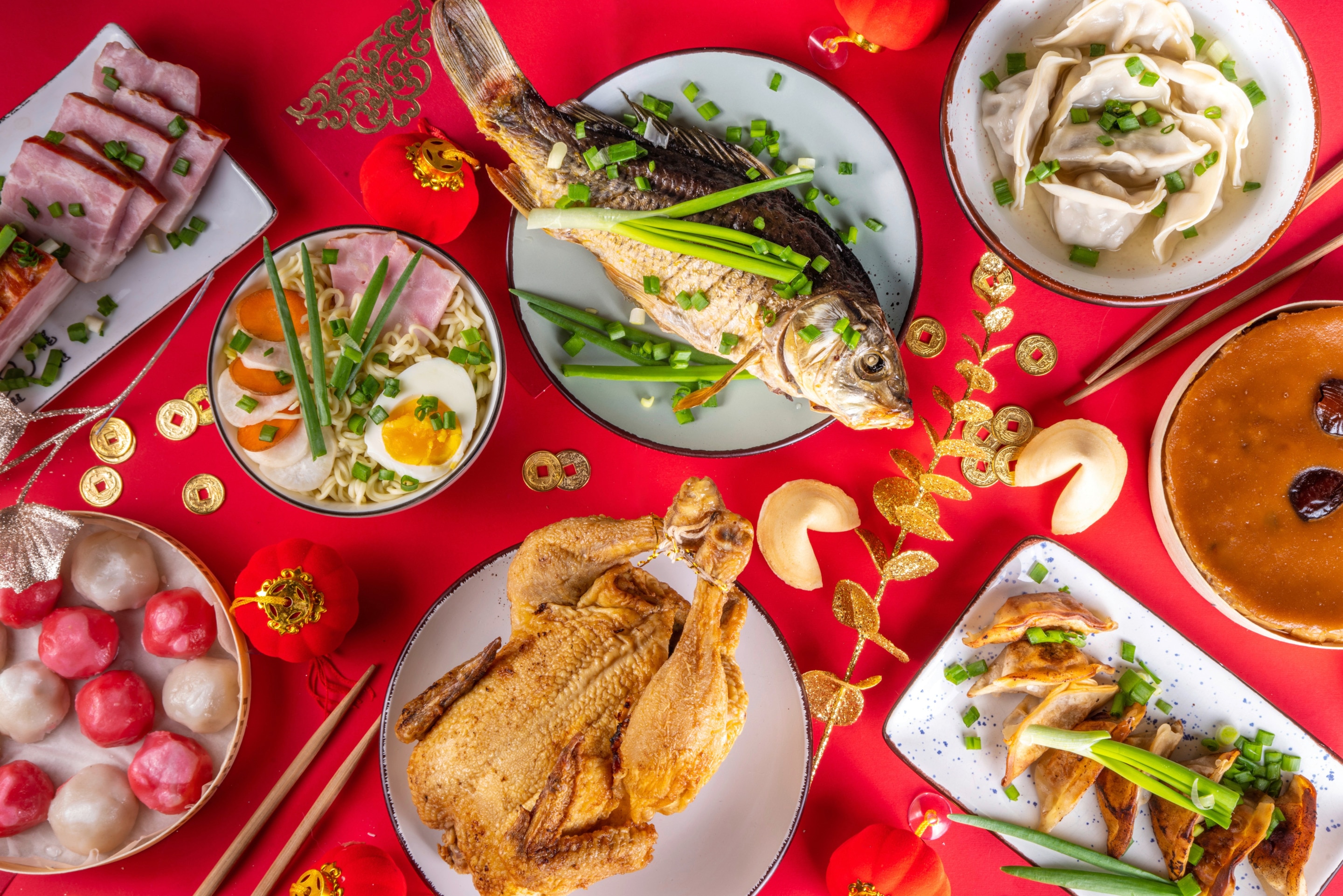Skip to:
You won't need to splurge on a fancy restaurant to feast on quality Chinese New Year food. You can easily recreate top menu items at home with a few tweaks, simple ingredients, and a little cooking know-how. The challenge is knowing which dishes to serve to maximize your luck.
Compared to lineups you prepare for other holidays, food for the Lunar New Year carries a special meaning! Find out which classic Chinese (and Chinese-inspired!) dishes will bring you wealth, prosperity, and happiness. These easy recipes should cover all your bases.
Chinese New Year Food: 7 Recipes for Your Homemade Feast
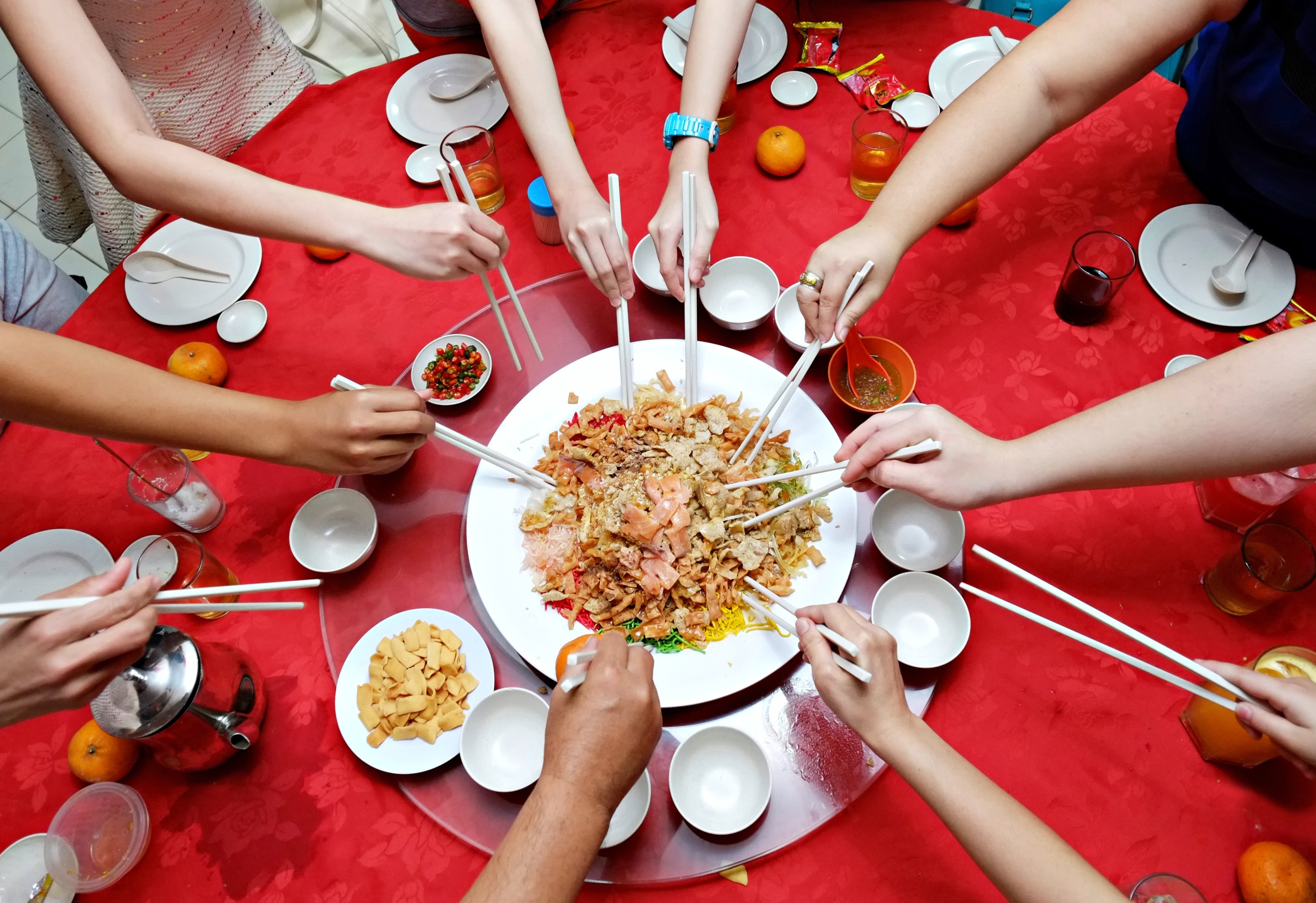
Do you want to know what you should cook for abundant wealth in the coming year? How about long life? Or maybe you’re seeking joyful moments and new beginnings. No matter your goals, this lucky Chinese New Year food menu will set you up for success! At the very least, you’re sure to have an unforgettable meal to start another glorious year.
1. Dumplings: Steamed chicken dumplings
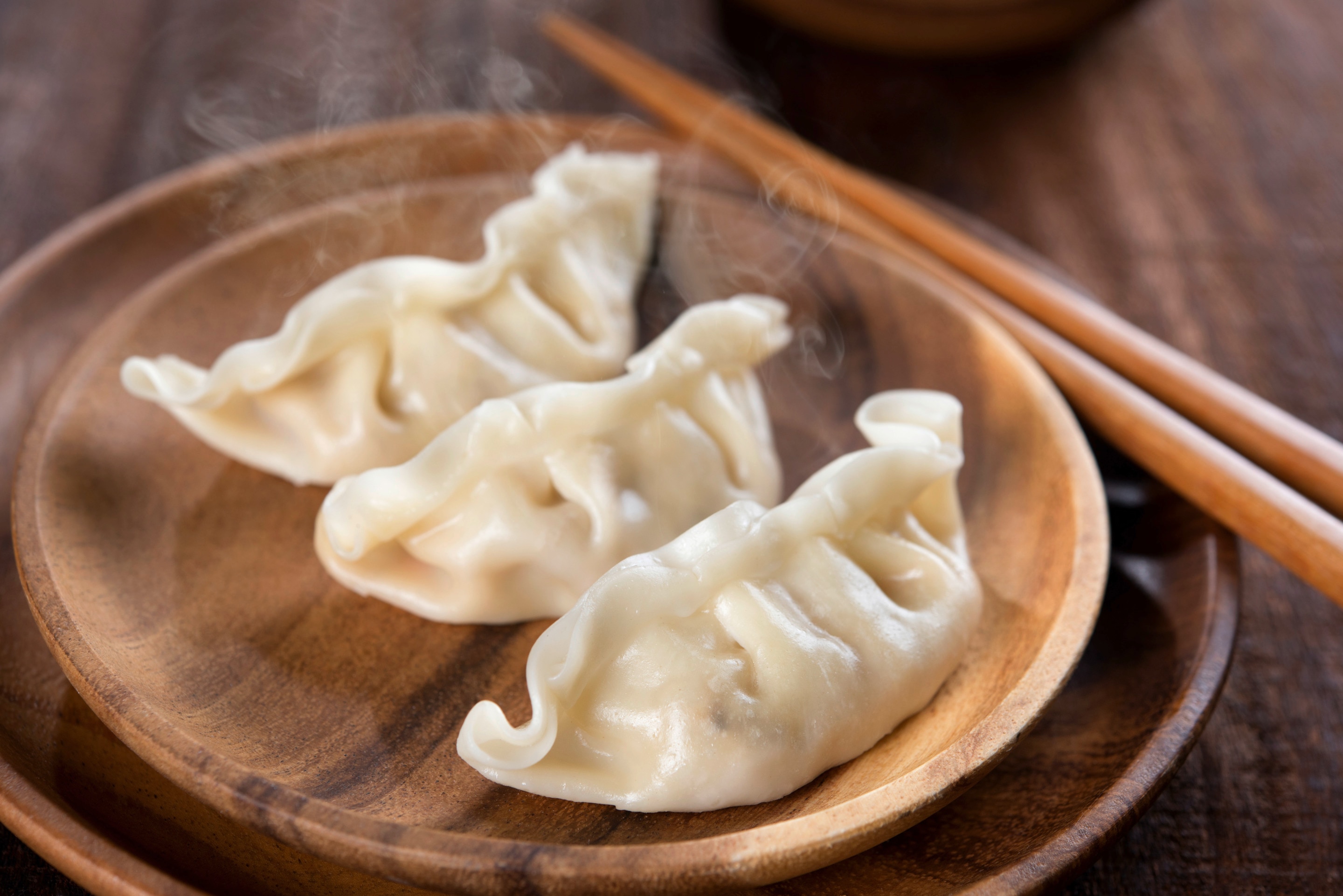
Classic, Chinese-style dumplings (or jiaozi) taste best when made from scratch. For many families, it’s customary to gather at the table to make them on New Year’s Eve. The half-moon jiaozi symbolizes wealth since it’s similar in shape to the ancient Chinese currency yuan bao. Make these sesame chicken dumplings and fill up on them for good fortune year-round.
2. Spring rolls: Lumpiang shanghai

In the Philippines, Chinese New Year food wouldn't be complete without spring rolls – specifically, lumpiang shanghai. This recipe keeps them simple with a pork-and-veggie filling made with Knorr Pork Cubes for extra meaty goodness. While Filipinos will happily have these at any celebration, they’re even more meaningful during the Lunar New Year. Their resemblance to gold bars makes these rolls another must-eat for those seeking wealth.
3. Noodles: Homemade pancit canton
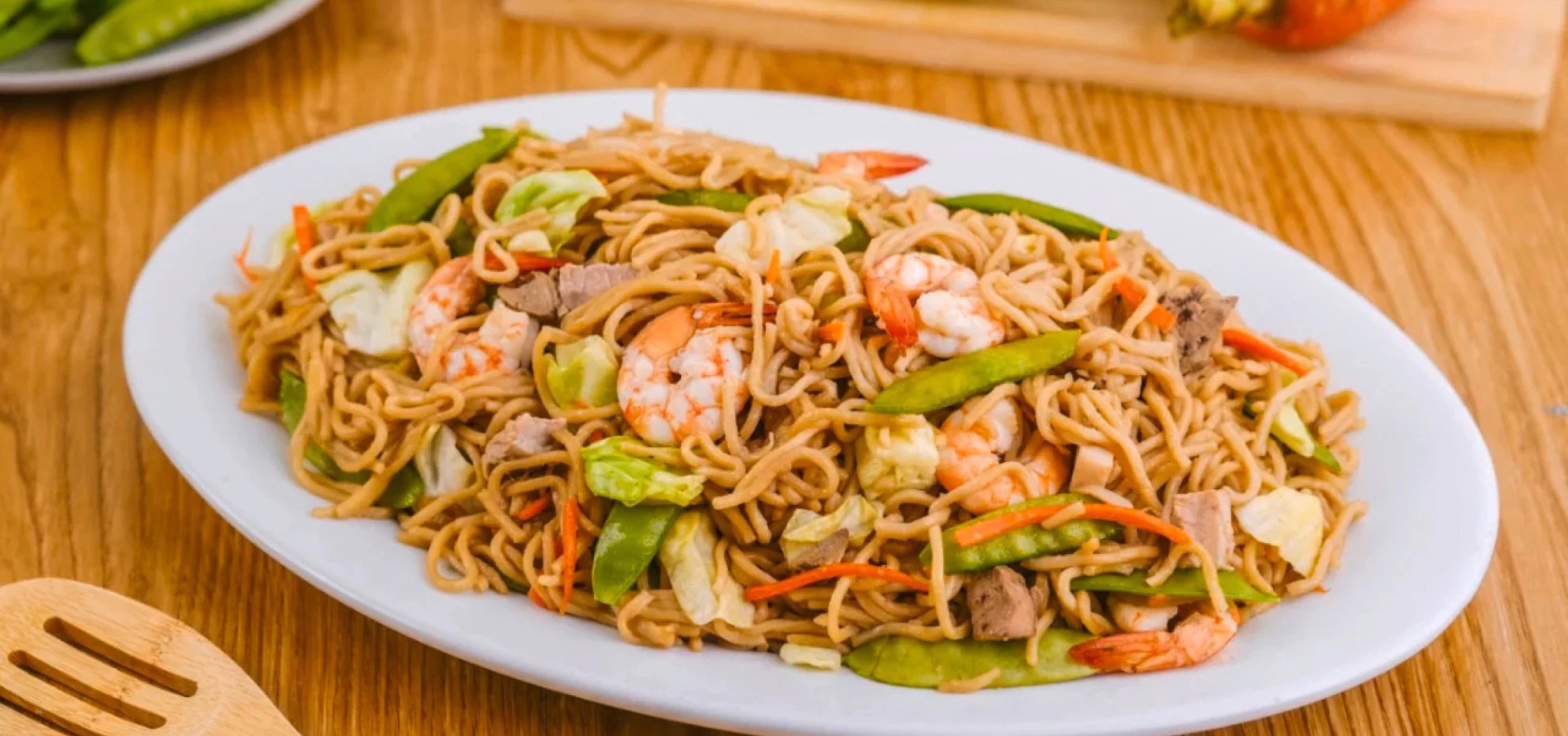
Chang shou mian, or “longevity noodles,” are the traditional noodles served during the New Year and other milestones, such as birthdays. You can have them fried (like pancit canton) or in a warm, flavorful broth. Either way, remember to use extra-long noodles, which symbolize long life. If you’re working with a recipe requiring regular noodles, you can easily swap them out for fresh, uncut mian.
4. Whole fish: Steamed lapu-lapu
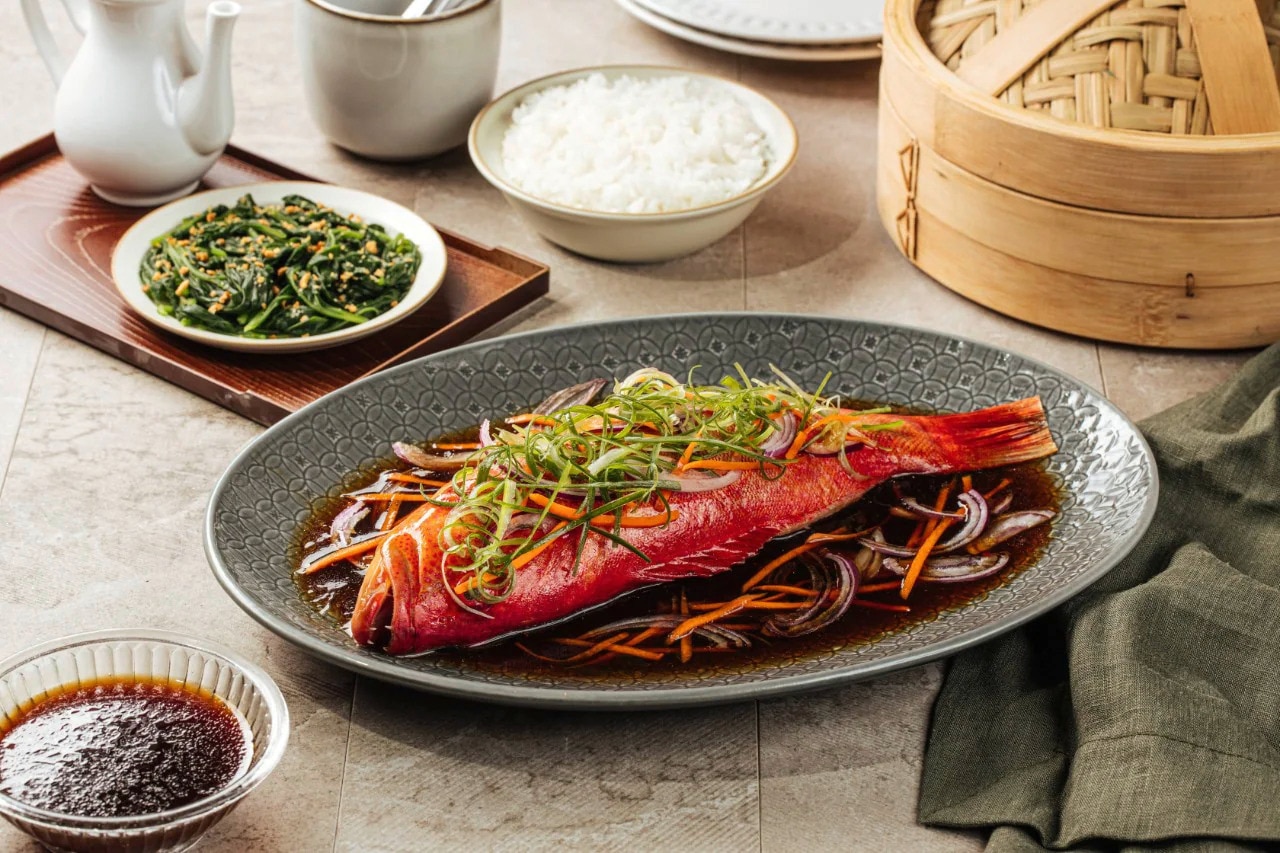
What’s more impressive than a platter of steamed whole fish served with a lusciously glossy sauce? In Chinese, the word for fish is yu, which sounds like the word for surplus or abundance. To drive the point home, you must say, “May you always have more than you need!” as you’re serving. It’s also best to have leftovers to represent surplus, but no one will fault you for finishing this stunning steamed lapu-lapu. To be safe, prepare a second platter!
5. Shrimp: Yang chow fried rice
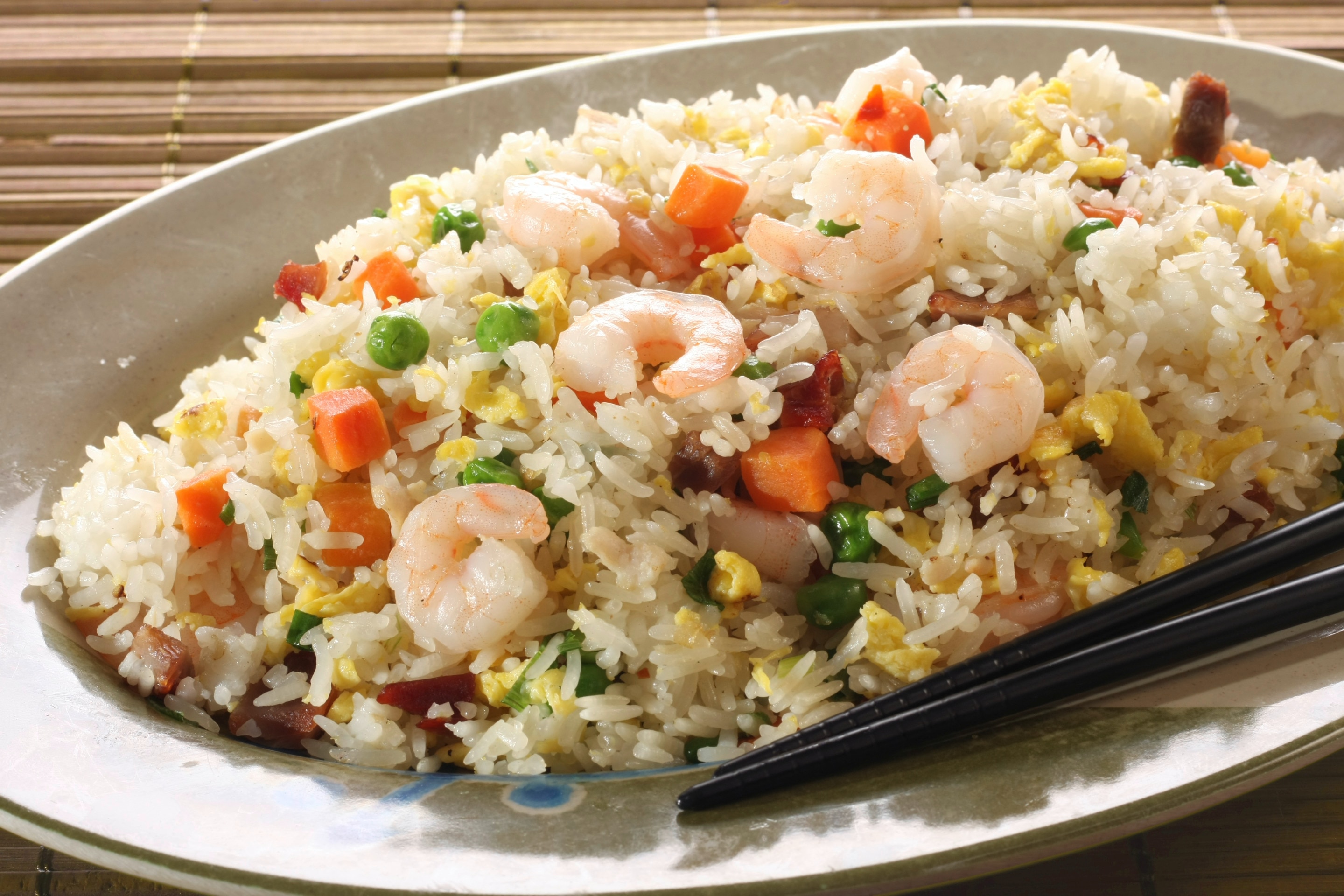
Surprisingly, you won’t find fried rice on lists for traditional Chinese New Year food. The designated carbs for this holiday include rice cakes (nian gao) and balls (tang yuan), but rice-as-grains doesn’t make the cut. But what’s a Filipino spread without rice? Missing something, that's what! So, go ahead and celebrate with a wok full of yang chow. For a lucky twist, add tons of shrimp, which represents happiness and laughter.
6. Vegetables: Sautéed bok choy with tuna
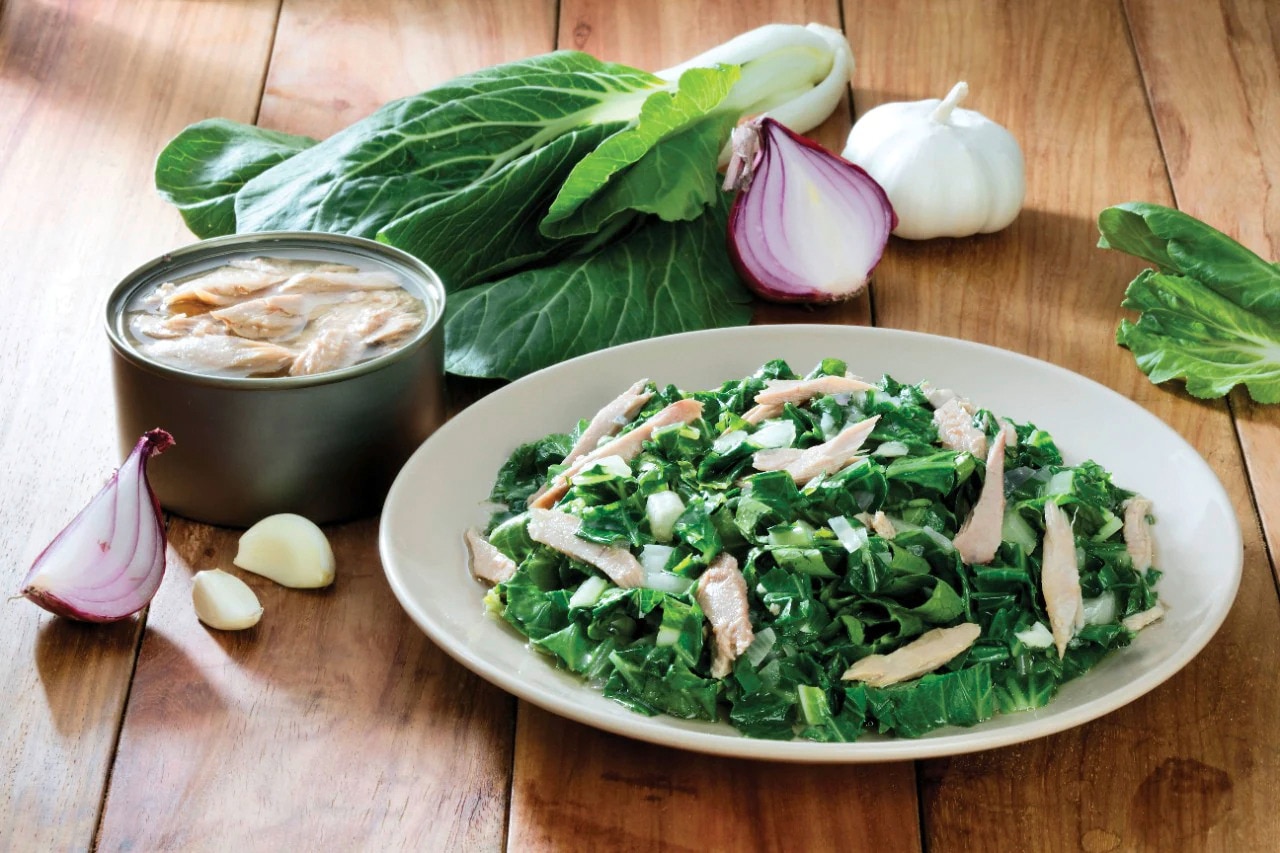
You’ll find many different fruits and vegetables on the holiday menu, each with unique symbolism. Generally, veggies signify springtime – a season of renewal, beginnings, and progress. Oranges and other “golden” fruits symbolize fullness and wealth, so make sure to have a bundle ready. For your meal, prep bok choy for good luck in the coming year. In any case, it’s good to have a vegetable option to lighten up an indulgent feast.
7. Rice cakes: Nian gao
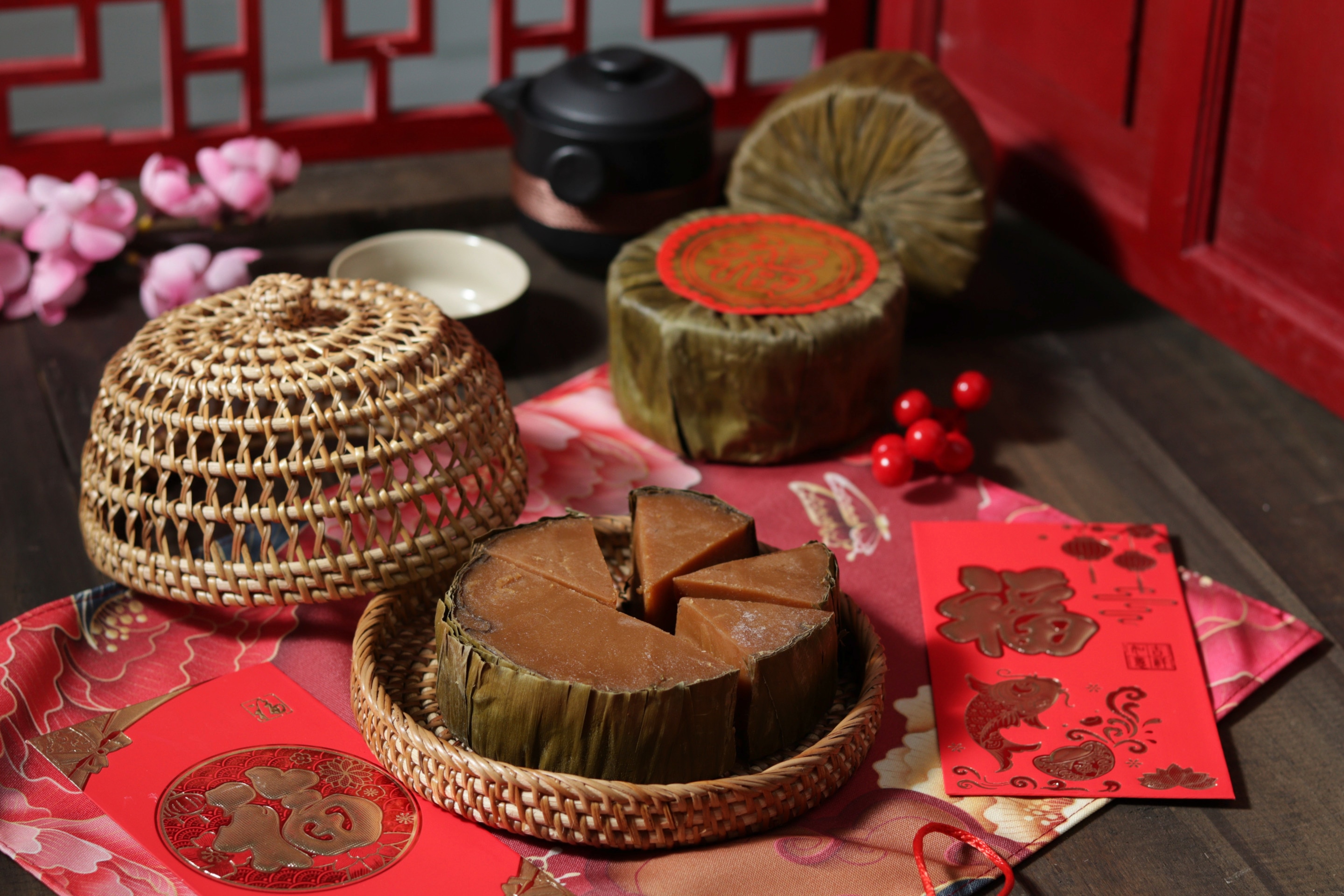
Nian gao translates to “year cake.” Its primary ingredient, glutinous rice flour, gives it a distinct sticky and chewy texture. To Filipinos, it's better known as tikoy. The local version is sweetened with brown sugar and sometimes flavored with unique add-ons, like ube or pandan.
Tikoy brings prosperity to those who give and receive it, so you can expect to be gifted a few boxes of this rice cake throughout the season. But instead of going the usual egg-coated and deep-fried route, consider making tikoy-stuffed turon for a more exciting take. Yum!
As you can see, Chinese New Year food doesn’t have to be extravagant. Most of these are simple, everyday dishes that are more meaningful in a celebration with loved ones. If this menu is a lot to cook up alone, enlist your family to help you in the kitchen. It’s the perfect opportunity to bond over food. Skip the restaurant bills and go for home-cooked!

